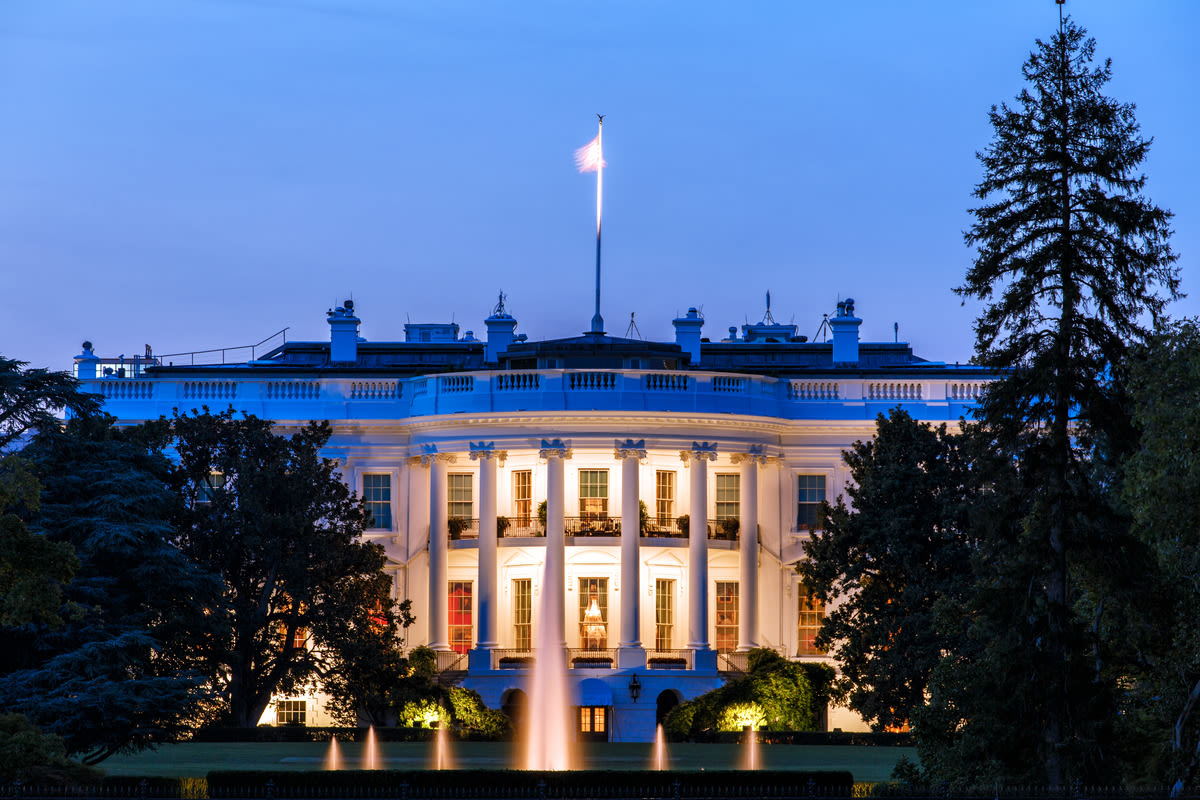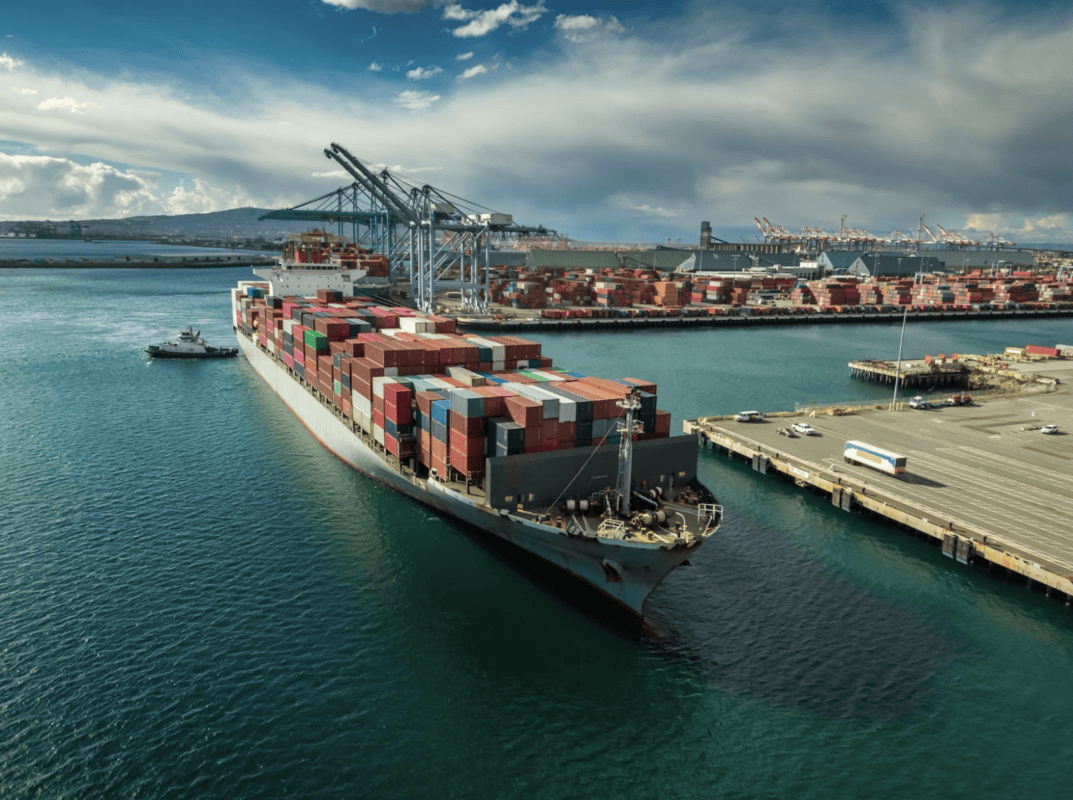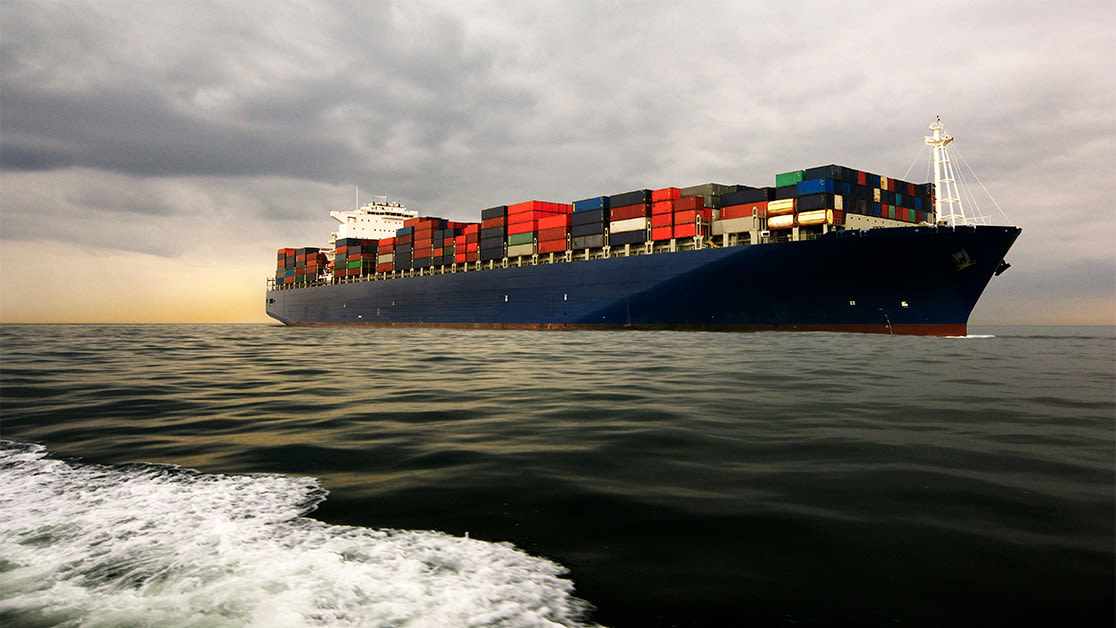
October 8, 2025
The End of De Minimis: Impacts on Fee Structures, Compliance, and Peak Season Strategy
Tags:

October 8, 2025
Updated October 8, 2025:
On August 29, 2025, President Trump officially suspended the de minimis exemption for all U.S. trade partners, just months after first eliminating the exemption for Chinese-origin goods.
What’s Changed Since August 29?
International postal entries are now the only method for bringing small parcels into the United States, at least in terms of a de-minimis-like operational set-up. Provisions for postal entries include:
- An $800 limit per parcel, as with de minimis
- Parcels may contain multiple items
- No explicit “$800 per consignee, per day” rule, but any misstatement of origin, contents, value, or parties will be subject to penalties
- U.S. Customs and Border Protection (CBP) may require a standard entry at any time
- Weight limit: approximately 20 kg per parcel for international package shipping
- New fee structure, selected and applied by the carrier (or a qualified party)
- Option 1: An ad valorem IEEPA tariff based on the product’s country of origin
- Option 2: A parcel flat fee ranging from $80 to $200 per item, specified in the table below
Parcel Flat Fee Structure
| Effective IEEPA Tariff of the Product’s Country of Origin | Duty |
|---|---|
| < 16% | $80 per item |
| ≥ 16% and ≤ 25% | $160 per item |
| > 25% | $200 per item |
New Implications and Requirements
Beyond new duties, the end of de minimis means steep penalties, duty exemption complexities, potential impacts from the ongoing IEEPA court case, and consumption entry considerations.
- Steep new penalties: Per-parcel penalties range from $5,000 to $10,000, charged to the party paying postal rates.
- Some carriers may tighten contract language or charge pre-payments, while others may drop out of the market altogether. In the days leading up to the end of de minimis, more than 30 countries suspended parcel shipments headed to the U.S., citing duty collection and remittance uncertainties.
- Exemptions from other duties: As written, postal entries are not subject to Section 232 duties, IEEPA “fentanyl” duties, special rates on Brazil, or the additional 25% “oil” duty on India. These exclusions may prompt some importers to prioritize postal shipments, whose associated duty rate may be lower than other rates.
- Potential IEEPA court case impacts: Arguments on ongoing litigation targeting President Trump’s IEEPA duties will be heard by the Supreme Court in early November. While none of the arguments in the ongoing case specifically challenge the elimination of de minimis, President Trump did leverage IEEPA to enact those changes. While unlikely, a broad ruling that invalidates President Trump’s de minimis executive orders would potentially reinstate the exemption.
- Consumption entries: Post-de-minimis, many importers will need to file consumption entries. That means getting customs bonds in place, partnering with a customs broker, verifying HTS details, staying on top of Partner Government Agency (PGA) and antidumping requirements and complex documentation, and conducting regular cost reviews.
Impacts on Peak Season 2025
What does the elimination of de minimis mean for this year’s peak season, aside from higher shipping costs and potential delays?
- Faster delivery to end-consumers: As inventory moves into the U.S. and enters domestic warehouses, brands may be able to get packages to their customers faster than before. Brands will no longer have to navigate an additional customs clearance process or any accompanying airport delays.
- Changes to fulfillment models: In response to the end of de minimis for Chinese-origin goods in May, many brands have already modified their fulfillment models. In particular, many brands already moved inventory into U.S. warehouses, especially given the uncertain tariff environment. Those looking to move inventory into U.S. warehouses ahead of the peak rush may encounter unforeseen congestion.
- With many brands already using prime warehousing space, brands may encounter logistics providers that want to lag inventory in and implement tighter inventory controls. Warehousing providers may also be looking for longer contracts or favorable terms to offset peak-related costs.
- New carrier cost considerations: Many carriers have set Peak Season Surcharges based on volume targets that are currently being set or negotiated with 3PLs. If you’re working with a 3PL whose carrier contract applies to your shipments, be sure to keep your provider up to date on your forecast and understand how they’ve set volumes with their carrier. Note that working with certain hyper-regional, regional, or even national carriers may allow you to circumvent Peak Season Surcharges.
- A rise in bulk shipping and ocean freight: Many brands are now turning to bulk shipping, while others reliant on air freight are prioritizing LCL and FCL ocean shipping as a cost mitigation strategy. Potential demand spikes could result in spot rate fluctuations and other market impacts.
Strategies for Navigating the Road Ahead
As we enter Peak Season 2025 and beyond, how can businesses minimize disruptions and keep supply chains running smoothly?
- Communicate regularly with your 3PL: Equip your provider with as many forecasts as possible. Ensure alignment on exactly when your containers will arrive, any planned operational transitions, inventory timelines, scheduling and inbound requirements, and more.
- Audit low-value shipments: Conduct a thorough analysis of all products you’re shipping into and across the United States, and ensure that you understand all relevant legal and customs requirements facing your brand when navigating T86 clearance. Note that postal carriers get to choose the duty and fee structure applicable to your shipments each month; be sure to clarify those fees with your carrier and parcel provider.
- Explore U.S. fulfillment options: Many brands have relied on Mexico and Canada for their fulfillment operations. By moving fulfillment to the United States and leveraging a well-equipped provider like Flexport, brands can avoid upcoming duties and other cross-border costs.
- Consolidate orders to reduce entry frequency: Importers may face requirements involving the number of parcels entering the U.S., while others may encounter requirements based on dollar value. Flexport’s trade advisory experts can help you navigate the process.
- Ensure accurate HTS codes and documentation: Some goods—shipments containing footwear, for example—now require more paperwork. Additionally, brands should confirm that they have what they need to clear bulk shipments.
The end of de minimis means complex new challenges for businesses and consumers alike. As we enter this year’s peak season and navigate upcoming uncertainties, taking proactive action and working with the right logistics partner can ensure your supply chain thrives in a post-de-minimis world.
Get in touch with an expert at Flexport today.
Originally Published May 15, 2025:
As of May 2, 2025, the United States has officially ended the de minimis exemption for low-value imports from China and Hong Kong. Previously, this exemption allowed shipments valued at $800 or less to enter the United States duty-free. The change significantly impacts consumers and businesses relying on inexpensive imports from these regions.
New Tariffs on International Postal Packages
Under the new policy, all shipments from China and Hong Kong, regardless of value, are subject to duties. Initially, an ad valorem duty of 120% of the commercial value of the goods or a flat fee of $100 per package was imposed. However, effective May 14, 2025, shipments of covered products valued at or under $800 through international mail will be subject to the reduced ad valorem duty rate of 54%, or the alternative $100 flat fee per package. These measures aim to address concerns over unfair trade practices and the influx of low-value goods. Importers have the option to ship their goods as standard commercial freight and file a Consumption - Formal or Informal entry where the "general tariff rules" would be applicable. This will heavily impact ecommerce companies that had been leveraging the de minimis exemption, forcing them to increase prices or rethink their business model altogether.
In many cases, the tariffs and fees will cost more than the value of the goods, making shipping individual parcels cost prohibitive. Instead of shipping individual parcels under de minimis, companies may look to bundle parcels into a single entry, which can have up to 999 individual items or lines. Informal entries are capped at a $2,500 total entered value where formal entries apply for shipments above $2,500. However, if one item needs to be inspected, the goods could be held up for weeks with Customs—meaning the end consumer could have to wait 3-4 weeks for an item instead of 7-10 days.
The quick moving policy changes have resulted in distinct rates for each policy period.
| Policy Period | Tariff Rate | Flat Fee Option | Effective Dates | Notes |
|---|---|---|---|---|
| Prior to May 2, 2025 | 0% (duty-free under de minimis) | None | Through May 1, 2025 | International Parcel or Postal Shipments valued at $800 or less entered duty-free. |
| May 2 – May 13, 2025 | 120% | $100 per package | May 2 – May 13, 2025 | De minimis ended; all international postal shipments valued at $800 or less subject to duties. |
| Starting May 14, 2025 | 54% | $100 per package | From May 14, 2025 | Tariff rate reduced for international postal shipments valued at $800 or less; $100 flat fee remains. |
Special Provisions for Postal Shipments
Under the Trump Administration's executive orders concerning the elimination of the de minimis exemption for low-value imports from China and Hong Kong, specific provisions were established for postal shipments. These provisions come into effect when spanning the entire shipment journey.
- Postal Shipments via International Postal Network: Packages valued at or under $800 sent through the international postal network (e.g., China Post to USPS) effective 12:01am ET on May 14 are now subject to an ad valorem duty rate of 54% or a flat specific duty rate of $100.
- Carrier Responsibilities: Carriers handling these postal items are required to report shipment details to U.S. Customs and Border Protection (CBP), maintain an international carrier bond to ensure duty payment, and remit duties to CBP by the 7th business day of the following month.
- Formal Entry Requirements: CBP retained authority to require formal entry for any postal package, regardless of its value, instead of applying the specified duties.
- Small Parcel: Importers have the option to continue shipping via small parcel (DHL, FedEx, UPS) where “general tariff rules” would apply.
These measures were said to address concerns over the usage of the de minimis exemption, particularly in relation to the influx of low-value packages from Chinese ecommerce platforms as well as the potential for illicit goods entering the United States under the guise of low-value shipments. However, in reality, large ecommerce companies rarely use the national postal networks for the full shipping journey.
Large ecommerce companies typically use air or ocean freight, then leverage the U.S. Postal Service or other last mile carriers for final mile delivery. The postal fee provisions only impact end-to-end shipping, not final mile delivery. Usually, consumers sending goods from China to their family in the United States use international postal services like the China Post or United States Postal Service (USPS) end-to-end.
With de minimis benefits removed for Chinese goods, consumers receiving packages through regular mail will have to pay the duties. There may be an opportunity to pre-pay duties online, but in many cases it is likely the recipient will need to visit a local post office, pay the required duties, and collect their shipment in person.
Changes in Consumer Delivery Procedures
For packages sent via the international postal network from China or Hong Kong, such as those from China Post to USPS, the collection of duties is now required either pre-paid or upon pickup or delivery. The USPS, in coordination with Customs and Border Protection (CBP), is implementing systems to efficiently collect these duties prior to or upon delivery. This may involve recipients paying the assessed duties and a postal handling fee at the time of delivery or pickup.
While this postal shipment policy is limited to parcels from China and Hong Kong for now, we anticipate that with the end of the de minimis exemption globally as stated by the Trump administration, this type of policy may apply to all international packages in the near future. This could drastically lower the impact and use of this method of importation due to the burden and cost on individuals who will need to physically retrieve international parcels and pay the associated duties at the post office. Such a shift would align with how international parcels were received in the United States in the 1990s and how many other countries treat international parcels.
The Administration has not explicitly stated its plan, but the postal shipment policy applied to China indicates we may return to the old way of doing things. Either way, your care package from your family in China just got more expensive.
About the Author

October 8, 2025




